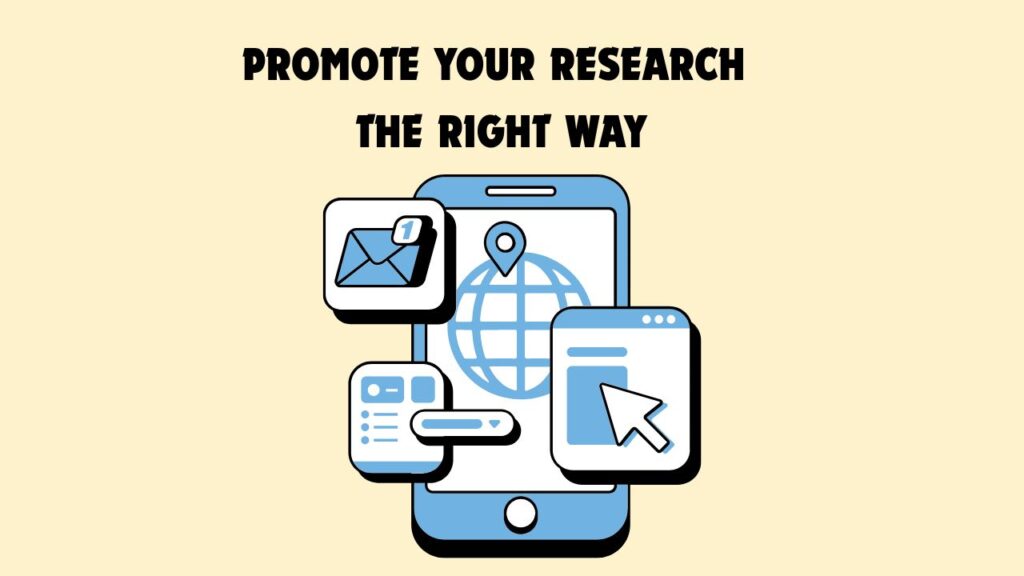How science visualization can help your research create impact

Introduction to Scientific Visualization
NASA has a fleet of dozens of satellites observing Earth from space. These satellites monitor and relay data on a wide range of subjects ranging from climate change to weather forecasting, disaster management, resource exploration, and more. Let’s look at the work of an instrument carried on two of these satellites—the Moderate Resolution Imaging Spectroradiometer (MODIS). MODIS acquires a massive amount of data: data across 36 spectral bands, spanning the electromagnetic spectrum, are captured by measuring the intensity of reflected light (within each band) across the earth. The data in this case is, ultimately, big data.
Dealing with large and complex datasets involves a good deal of data scrubbing and data analysis. Algorithms and custom software need to be employed to make sense of the data, to identify patterns or trends and to glean insights. But, even after that, a visual representation can provide a lot more perspectives than an array of numbers, wouldn’t you agree?
Consider this: you want to study the impact of climate change on the oceans. You wish to begin by analyzing the phytoplankton cover across the earth’s waters, over a couple of years. NASA’s MODIS can help you with this. But imagine dealing with billions of rows of numbers correlating to light intensities in the blue-green range, for different coordinates (corresponding to various points in the oceans of the earth), at different timestamps, and for several years. Now contrast that with an animated map, showing fluctuations in the phytoplankton cover over time.
Ocean Color from July 2002 to March 2017 – NASA Aqua satellite
Even better, imagine being able to overlay a secondary dataset, say sea surface temperature, displayed in a different color scheme, directly onto this video. Obviously, data in rows and columns and charts does tell you a lot. But, a visual? A visual can tell you what direction you need to look in to analyze your data. It can reveal trends and connections that would otherwise go unnoticed. And this is the power of scientific visualization.
Applications of Science Visualizations
Of course, although analyzing big data is agreeably a very powerful application of scientific visualization, its value extends far beyond that. This multifaceted approach possesses the unique ability to simplify complex scientific concepts for diverse audiences, fostering deeper understanding and engagement. Its impact extends across a variety of crucial areas, including the following:
Advancing Research
Visualizations in science need not always be generated by complex algorithms or a string of code. Simple hand-drawn bar graphs, scatter plots, heat maps, etc., also serve as tools for data analysis and interpretation. In fact, this illustration of the yeast mitotic spindle—which was conceived following a remarkable two-year collaboration between scientists and artists—is also a visualization. So is this infographic, made painstakingly by “toiling in the data mines” of a study on bee–plant interactions of over 120 years. The same goes for this microscopy photo of trichomes on the skin of an immature cucumber.
Visualizations can be of any kind or format, but what they do is bring before your eyes a picture that you would have missed otherwise, thus serving as a tool for generating new ideas and hypotheses. It allows comprehension, interpretation, exploration, and may even guide novel, fortuitous, study directions.
Visualizations help you appreciate interesting data or information from studies outside your field of expertise. Such instances could lead to very fruitful interdisciplinary collaborations too. And, as far as big data is concerned—for studies from genomics, particle physics, astronomy, neuroscience, and more—visualizations are invaluable. Let’s consider some of the instances of how scientific visualizations are being used by researchers in different fields.
- Molecular biology. Scientific visualizations are used to create 3D models of molecules. Take this instance—a team of researchers at Scripps Research Institute once wanted to figure out why a particular strain of HIV was resistant to the HIV-protease drugs that were effective in the case of other strains. When microscopy images of the “mutant” HIV-protease did not provide any effective leads, they resorted to generating computer simulations of the molecule. Not only did the visualization help them figure out why the drug wouldn’t bind to it, but they were also able to identify new compounds that could bind to the mutant protein, providing the groundwork for a new class of AIDS drugs.
- Material sciences. Combining electron microscopy data with computer modelling simulations can be a powerful tool for designing new materials with specific properties. Researchers at Stanford University recently demonstrated this potential while studying a semiconducting polymer. Their study showed how specific structural changes within this polymer could improve its electrical conductivity. In such cases, the visualization interface becomes a virtual laboratory.
- Astronomy. Visualization studies in astronomy are unlocking fascinating discoveries about the universe. For example, via a recent study, scientists are gaining a deeper understanding of the evolutionary history of our galactic neighborhood by combining data from Gaia (an astronomical observatory mission) with sophisticated visualization tools. This approach has revealed the formation and impact of a vast bubble (a vast region of space created by the outward movement of interstellar gas triggered by a series of supernovae events) known as the “Local Bubble.”
- Other fields. From comprehending the complex dynamics of weather patterns to optimizing manufacturing processes, from analyzing multimodal medical data to tracking the spread of epidemics, scientific visualizations are revolutionizing the scientific process and accelerating discovery.
Supplementing Education
Many of the interactive and immersive technologies that aid learning come from advancements in science visualization. Examples include the anatomy 3D atlas, ChemTube3D, Interactive Geology Project, and more. I vividly remember the time during my college days when my teacher first showed us the animated video, The Inner Life of the Cell. This particular video, I now know, is an example of a cinematic scientific visualization—which exploits the esthetics of cinema to illustrate concepts that cannot be “seen with the naked eye.” I was blown away by the video, to say the least. Witnessing 3D concepts that I had only imagined based on my studies, and realizing that all of this activity unfolds within our cells at all times, is an educational memory I will never forget. It allowed me to get a deeper understanding of the concepts, thus improving my learning. And more importantly, it heightened my love for the subject and science in general. And that is the transformative power of visualizations in education.
Enlightening the masses and advocating to policy-makers
Visualizations are a popular means of disseminating science employed by communicators to engage the public. Whether through infographics, photos, videos, or animations—all of these forms of visual media aid in storytelling. It piques the interest of non-experts (even experts), encouraging them to become more involved and curious about the world around them. These visualizations also play a valuable role in bridging the communication gap between scientists and the general public, informing public opinion and influencing policy decisions.
During the recent COVID-19 pandemic, for example, the state of Kerala, in India, used visualizations quite effectively to “flatten the curve.” Among other strategies, the local government released route maps indicating the locations visited by the initial patients, followed by contact tracing. These graphical flowcharts were shared liberally by the news channels and across social media networks, enabling the state to identify and quarantine contacts quickly. The visualization approach allowed the government to spread the graphic to a wider population. It efficiently allowed identification of the primary and secondary contacts of infected individuals, quarantine asymptomatic individuals, and test symptomatic patients, significantly reducing the potential for further spread.
Conclusion
Visualizations offer a powerful leap forward in information processing compared to traditional text formats. They allow you to grasp the entirety of a complex data set within a single 2D frame, eliminating the need to mentally decipher and analyze large amounts of text or numbers. Still skeptical? Hold that thought and stay tuned for the next article in this series on science visualizations.








